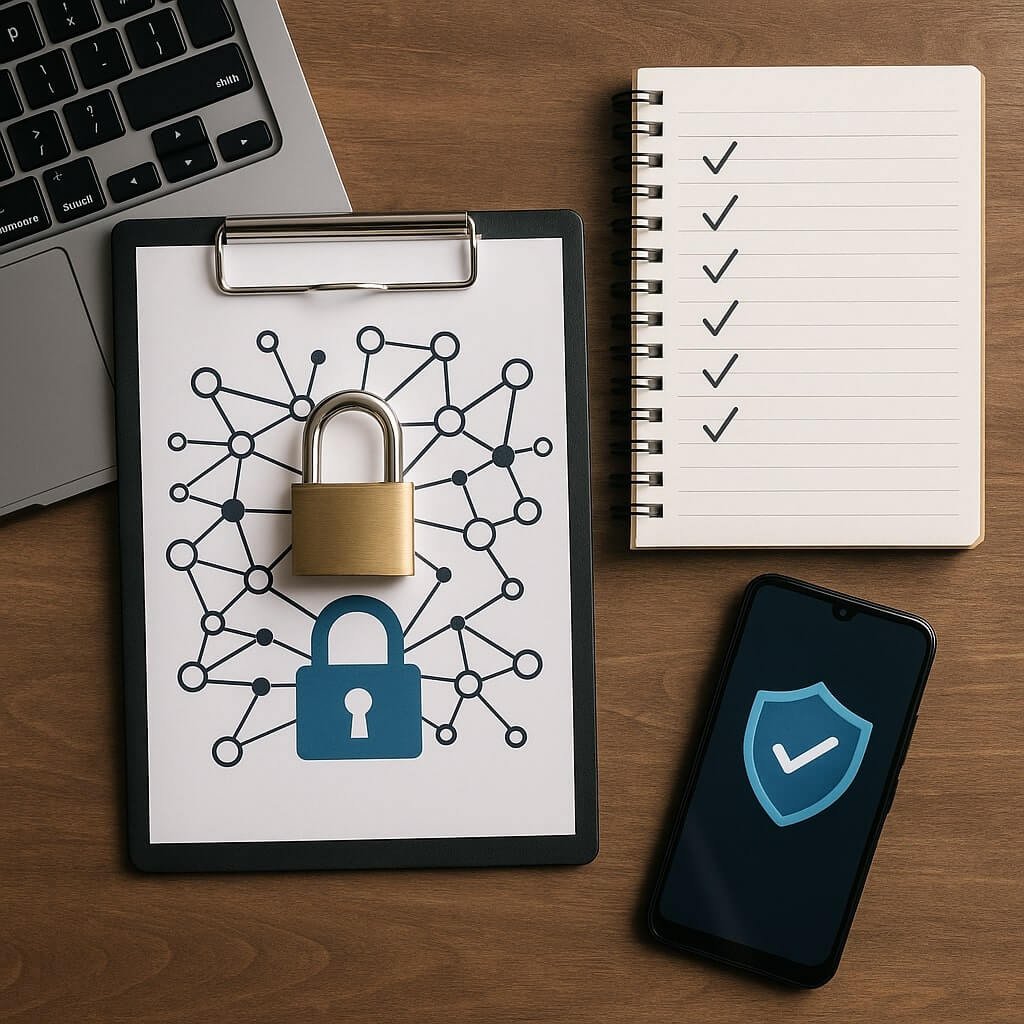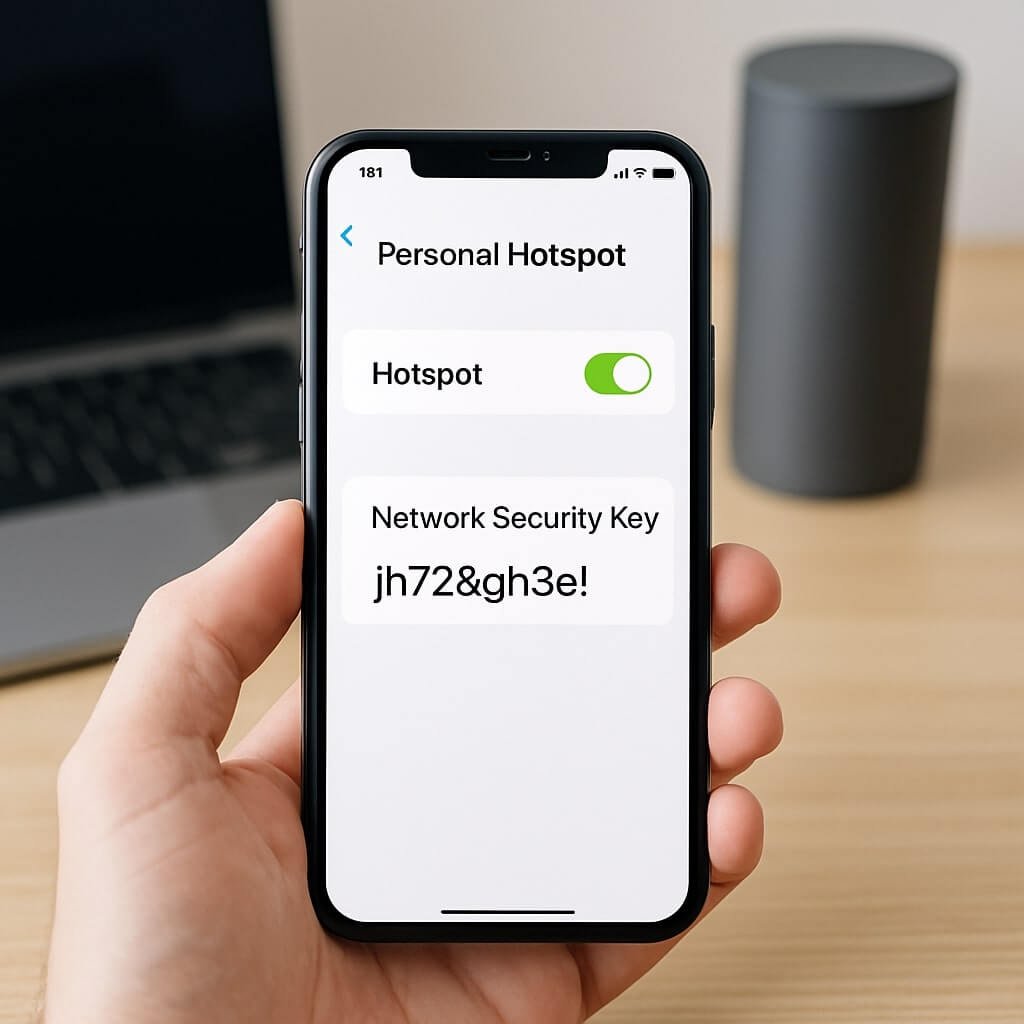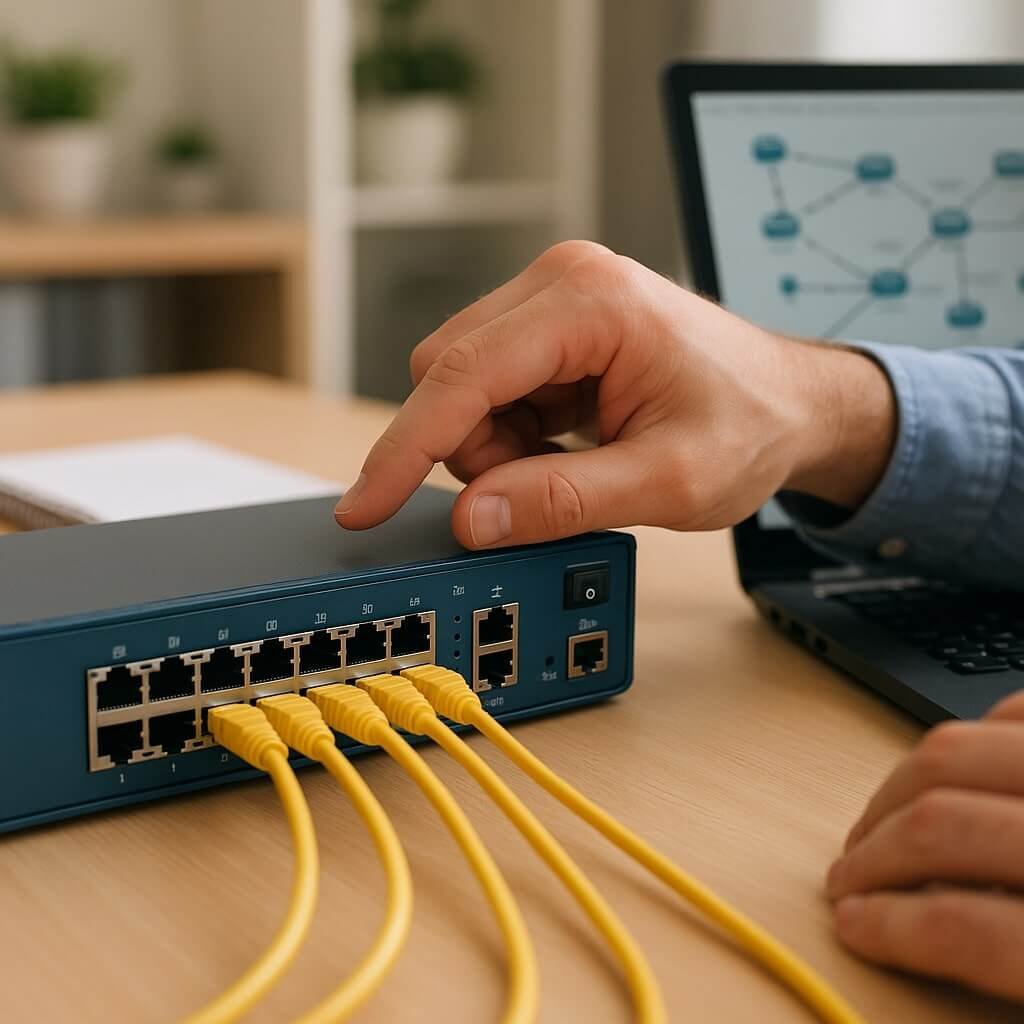As you navigate the rapidly evolving landscape of cryptography and network security, identifying key resources for 2025 is vital. Understanding foundational texts like Stallings’ work and Singh’s historical insights will enhance your perspective. However, as new threats emerge, staying current with contemporary guides becomes indispensable. What should you prioritize to guarantee your knowledge remains relevant in this dynamic field? Consider the implications of your choices on your cybersecurity strategy.
Key Takeaways
- “Cryptography and Network Security” by William Stallings provides foundational knowledge on encryption techniques and network security protocols essential for modern cybersecurity.
- “Applied Cryptography” by Bruce Schneier offers practical guidance on implementing cryptographic techniques, making it a must-read for professionals in the field.
- “Network Security Essentials” by William Stallings focuses on critical security protocols and emerging threats, ensuring readers stay updated on current security practices.
- “The Code Book” by Simon Singh presents a historical perspective on cryptography, highlighting its evolution and relevance in today’s digital age.
- “Cybersecurity and Cybercrime” by Thomas J. Holt addresses the intersection of technology and crime, emphasizing the importance of ethical hacking and incident management.
Understanding the Fundamentals of Cryptography
As you explore the fundamentals of cryptography, you’ll quickly realize that it’s not just about encoding messages but rather about securing communication against unauthorized access.
Key concepts like data integrity and confidentiality measures are foundational to understanding how cryptographic algorithms function. You’ll encounter symmetric encryption, where the same key encrypts and decrypts data, and asymmetric encryption, which uses a public-private key pair.
Hashing functions guarantee data integrity by producing fixed-size outputs from variable-length inputs. Digital signatures authenticate messages, providing non-repudiation.
Additionally, cryptanalysis techniques assess the strength of these algorithms, revealing potential vulnerabilities. By grasping these elements, you’ll appreciate the intricate balance between security principles and practical applications in safeguarding information.
Advanced Encryption Techniques for Modern Applications
While traditional encryption methods laid the groundwork for secure communication, modern applications demand advanced encryption techniques to address evolving threats.
Quantum encryption offers a groundbreaking approach, leveraging the principles of quantum mechanics to create nearly unbreakable communication channels. By utilizing quantum key distribution, you can guarantee that any attempt to intercept data is detectable, drastically enhancing security.
On the other hand, homomorphic encryption allows you to perform computations on encrypted data without needing to decrypt it first. This feature is vital for cloud computing, where sensitive data must remain confidential while still enabling useful processing.
Implementing these advanced techniques not only strengthens your security posture but also prepares you for future challenges in the ever-evolving landscape of cyber threats.
Network Security Protocols: A Comprehensive Guide
In understanding network security, you must grasp the essential protocols that form the backbone of secure communications.
This guide will outline key protocols and highlight emerging trends that will shape their evolution.
Essential Security Protocols Overview
Understanding fundamental security protocols is essential for safeguarding data in today’s interconnected world. These protocols, such as TLS, IPsec, and SSH, embody important security principles like confidentiality, integrity, and authentication. They guarantee secure communication over potentially vulnerable networks.
However, protocol implementation challenges frequently arise, including compatibility issues and performance overhead. For instance, confirming legacy systems can support modern encryption standards often complicates deployment. Additionally, misconfigurations can lead to vulnerabilities, undermining the very protections these protocols are designed to provide.
When you grasp these protocols and their inherent challenges, you enhance your ability to secure networks effectively. Embracing continuous learning in this area is critical, as evolving threats demand adaptive and robust security strategies.
Emerging Trends in Protocols
As the landscape of network security evolves, staying informed about emerging trends in protocols becomes essential for maintaining robust defenses.
Emerging protocols, such as QUIC and TLS 1.3, exemplify the ongoing protocol evolution aimed at enhancing security and performance. QUIC, for instance, reduces latency and improves connection resilience, making it increasingly relevant in modern applications.
Meanwhile, TLS 1.3 streamlines cryptographic handshakes, minimizing exposure to vulnerabilities while ensuring encryption standards remain high.
Additionally, the rise of secure multiparty computation and privacy-preserving protocols indicates a shift towards more sophisticated security measures that address growing privacy concerns.
Ethical Hacking and Penetration Testing Strategies
While many organizations prioritize security measures, the need for ethical hacking and penetration testing strategies remains critical in identifying vulnerabilities before malicious actors can exploit them. Understanding social engineering tactics is essential to anticipate how attackers manipulate human behavior. Additionally, employing vulnerability assessment tools enables you to systematically evaluate security weaknesses.
| Vulnerability Type | Example Impact |
|---|---|
| Social Engineering | Data breaches |
| Software Flaws | Unauthorized access |
| Misconfigurations | Service disruptions |
| Weak Passwords | Account takeovers |
| Inadequate Training | Phishing attacks |
The Role of Artificial Intelligence in Cybersecurity
Artificial intelligence (AI) is revolutionizing cybersecurity by enhancing threat detection and response capabilities.
You’ll find that AI threat detection systems leverage machine learning applications to identify anomalies and potential threats efficiently. Automated security assessments utilize predictive analytics security to proactively mitigate risks before they escalate.
With AI-driven incident response, organizations can react to breaches in real-time, minimizing damage and recovery time. Intelligent threat intelligence systems analyze vast data sets, enhancing situational awareness and decision-making.
Additionally, adaptive security measures adjust defenses based on evolving threats. By employing behavioral analysis algorithms, you can gain deeper insights into user behaviors, allowing for more robust protection against sophisticated attacks.
Embracing these technologies is essential for staying ahead in an increasingly complex cybersecurity landscape.
Securing Cloud Infrastructure: Best Practices
To secure your cloud infrastructure, you need to implement robust encryption techniques to protect sensitive data.
Additionally, effective access control strategies are essential for limiting user permissions and minimizing potential breaches.
Finally, having a well-defined incident response plan guarantees you’re prepared to address any security incidents promptly and efficiently.
Encryption Techniques Overview
Encryption techniques serve as the backbone of securing cloud infrastructure, ensuring that sensitive data remains protected from unauthorized access.
Symmetric encryption employs a single key for both encryption and decryption, offering speed but requiring effective key management to prevent breaches. In contrast, asymmetric encryption uses a pair of keys—public and private—enhancing security through cryptographic protocols.
You’ll encounter various encryption algorithms, each with unique strengths and weaknesses, impacting performance and security. To maintain data integrity, it’s essential to select appropriate encryption methods tailored to your cloud environment.
Access Control Strategies
While securing cloud infrastructure, implementing effective access control strategies is essential for protecting sensitive data and guaranteeing compliance with regulatory standards.
Start by adopting role-based access control (RBAC) to guarantee users have the minimum necessary permissions based on their job functions. This minimizes the risk of unauthorized access and reduces potential vulnerabilities.
Incorporating biometric authentication adds another layer of security, as it requires unique physical traits for user verification, making it difficult for unauthorized individuals to gain access.
Regularly review and update access permissions to adapt to changes in personnel or project requirements.
Incident Response Planning
An effective incident response plan is essential for maintaining the security of cloud infrastructure, as it prepares your organization to quickly and efficiently address potential security breaches. By implementing structured communication strategies, you guarantee that all team members are informed during a crisis. Conducting thorough risk assessments and threat analysis allows you to identify vulnerabilities before they can be exploited.
| Key Components | Description |
|---|---|
| Incident Documentation | Record all incidents for future reference |
| Recovery Procedures | Steps to restore normal operations |
| Team Coordination | Assign roles and responsibilities clearly |
| Crisis Management Strategies | Develop protocols for communication |
With these elements in place, your organization can effectively manage incidents, minimizing damage and guaranteeing a swift recovery.
Blockchain Technology and Its Impact on Security
Blockchain technology fundamentally transforms security paradigms by providing a decentralized and tamper-resistant framework for data management. This innovation enhances blockchain security through several key features:
- Decentralized Trust: You no longer rely on a single authority, reducing vulnerability to attacks.
- Smart Contracts: Automated agreements execute transactions securely, minimizing fraud risk.
- Transaction Transparency: Every transaction is recorded on a public ledger, ensuring accountability.
However, the rise of privacy coins raises regulatory challenges, as they complicate tracking illicit activities.
Additionally, consensus mechanisms, essential for validating transactions, can expose vulnerabilities if not designed properly.
As you explore blockchain’s impact, consider how it reshapes digital identity and fosters trust in a complex security landscape.
Privacy and Data Protection in the Digital Age
As digital interactions expand exponentially, the imperative for robust privacy and data protection measures becomes increasingly critical.
You must recognize that data privacy isn’t just a regulatory requirement; it’s a fundamental aspect of digital rights. Organizations collecting your data need to implement stringent encryption protocols and access controls to safeguard sensitive information.
Furthermore, understanding the legal frameworks surrounding data protection, like GDPR and CCPA, is essential for compliance and consumer trust. You should actively manage your digital footprint, employing tools such as VPNs and anonymization software to enhance your privacy.
Staying informed about your rights and taking proactive steps can greatly mitigate risks associated with data breaches and misuse, ensuring your personal information remains secure in this interconnected landscape.
Emerging Threats and Vulnerabilities in Network Security
While the digital landscape evolves rapidly, emerging threats and vulnerabilities in network security demand vigilant attention. You must conduct thorough vulnerability assessments to identify and mitigate risks posed by new attack vectors.
Consider these pressing issues:
- Ransomware Evolution: Attackers are using sophisticated methods to encrypt data, demanding hefty ransoms.
- IoT Device Exploitation: With the rise of smart devices, inadequate security protocols create numerous entry points for cybercriminals.
- Cloud Security Gaps: As organizations migrate to cloud services, misconfigurations and insufficient access controls can lead to significant data breaches.
Staying informed about these challenges is essential for safeguarding your network.
Real-World Case Studies in Cryptography and Network Defense
Understanding real-world case studies in cryptography and network defense is essential for developing effective security strategies. By examining these case studies, you can gain insights into real-world applications and the effectiveness of various defense mechanisms. Case study analysis reveals patterns in attack vectors and responses, helping you to anticipate future threats.
| Case Study | Key Insights | Security Measures |
|---|---|---|
| Target Data Breach | Weak vendor management | Enhanced third-party vetting |
| Equifax Breach | Poor encryption practices | Stronger encryption protocols |
| WannaCry Ransomware | Unpatched systems | Routine system updates |
| SolarWinds Attack | Supply chain vulnerabilities | Thorough monitoring |
| Marriott Breach | Inadequate data protection | Improved data governance |
Conclusion
As we move towards 2025, staying current with cryptography and network security literature is essential for anyone in the field. By engaging with foundational texts like Stallings’ and Singh’s works, along with contemporary resources such as Brooks’ insights on emerging threats, you’ll deepen your understanding and bolster your defenses. Embracing these must-have books will empower you to navigate the complexities of security challenges, ensuring you remain well-equipped to protect sensitive information in an increasingly digital world.






